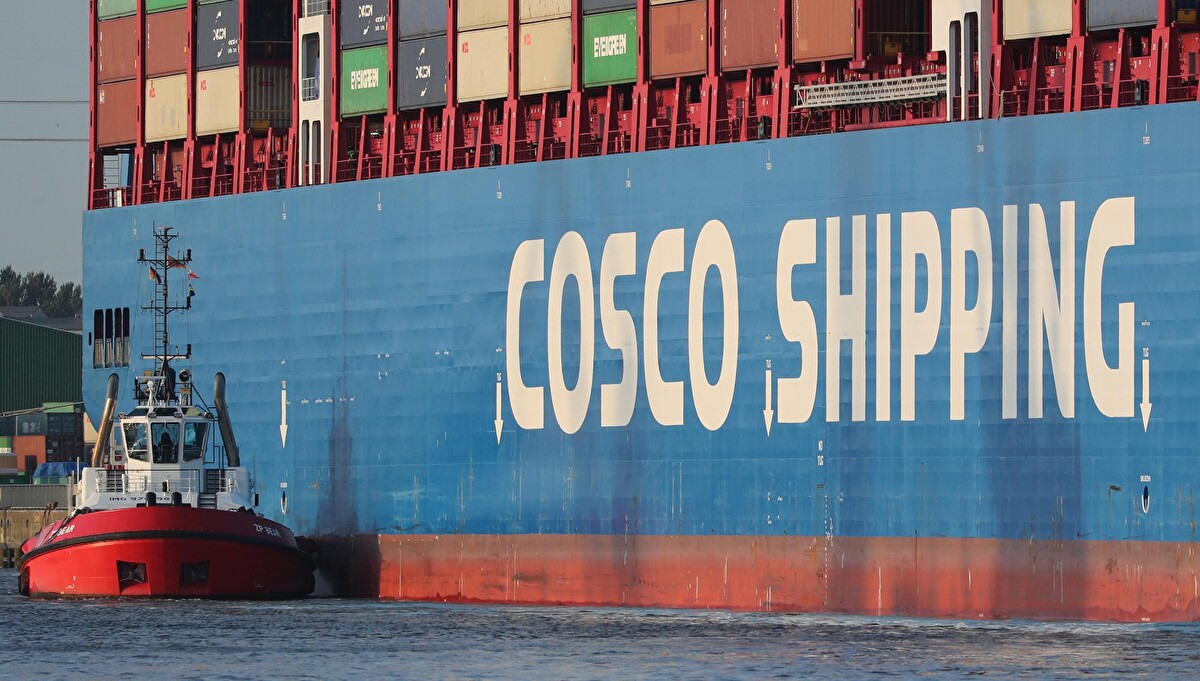Puglia is a region located in the south of Italy that has become a trendy destination for travelers. It’s being called “the new Tuscany” as a compliment, because of its booming popularity, but in reality, the two regions couldn’t be more different. Puglia doesn’t need to be compared to any other region, it has plenty to offer that, in fact, may be far superior to all the other in-places.
Its diversity is astounding: limestone cliffs, golden beaches that may be sandy, rocky, cliff-cragged or turquoise-watered, karst caves, vineyards, enormous groves of olive trees, and beautiful collection of coastal and hill towns. The region is also the largest producer of fruits and vegetables in Italy due to its intense sun and fertile soil.
Puglia is a great destination for those who want to explore what is still—but not for long–a quieter corner of Italy. The region has only gotten more stylish and popular along the way, receiving a coveted spot (No.18) on the New York Times’ 52 Places to Visit in 2019.
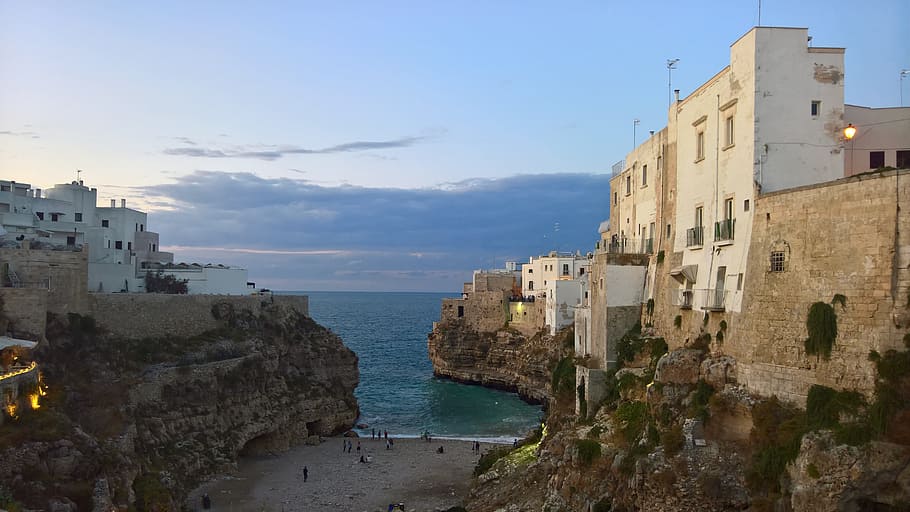
If you are planning to visit Puglia, there are many beautiful places you can explore. Some of the best places to visit in Puglia include crystal-clear waters that you can admire from rocky cliffs or sandy beaches, lush vegetation of the national parks, and small towns full of art, history, and amazing food.
Much of the region is still living to a rhythm established pre air con: whitewashed villages sagging into afternoon siestas, harbors that hum with life as fishing boats draw up in the mornings, and restaurants serving ingredients scooped from the sea and pulled from Puglia’s famous red earth just hours earlier. Get into the spirit and chill out.
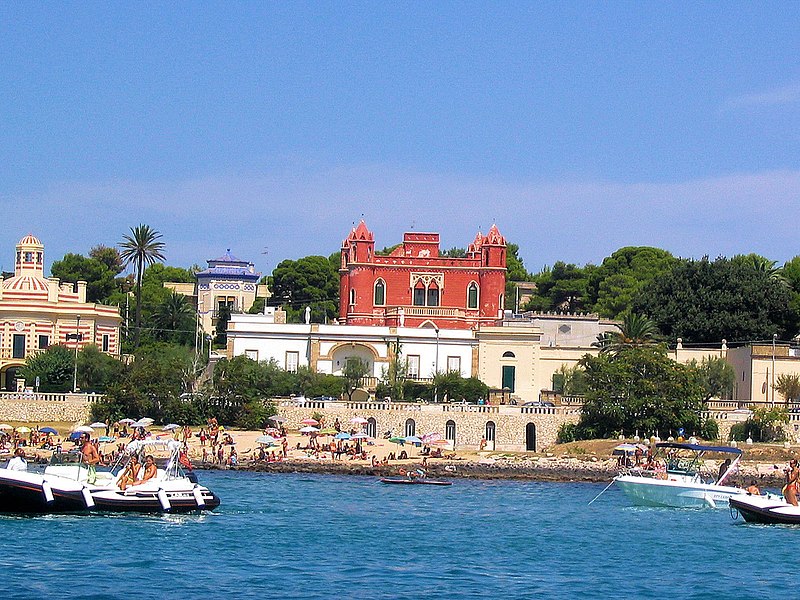
Start with the coast below Bari — a Pugliese riviera, it’s dotted with delectable fishing villages like Polignano a Mare, balancing on low cliffs, and Monopoli, where a 16th century castle wraps around the harborside. This is also where you’ll find Puglia’s famous masseria hotels: ancient farmhouses, fortified to repel Saracen raids, transformed into luxury retreats, all the way down to Santa Maria di Leuca, where the Adriatic and Ionian seas fuse together at Puglia’s stiletto tip.
The eastern side of the Salento peninsula (the southernmost part of Puglia) is an Amalfi-style coastline (without the horrendous traffic) where the road is etched into the cliffs, while the western side south of Taranto has some of the Mediterranean’s lushest sandy beaches. Higher up, on the Gargano peninsula — that bent spur of the boot — you’ll find white-sand beaches huddled under mythical mountains. UNESCO-protected Monte Sant’Angelo has been a Catholic pilgrimage spot since the Middle Ages.
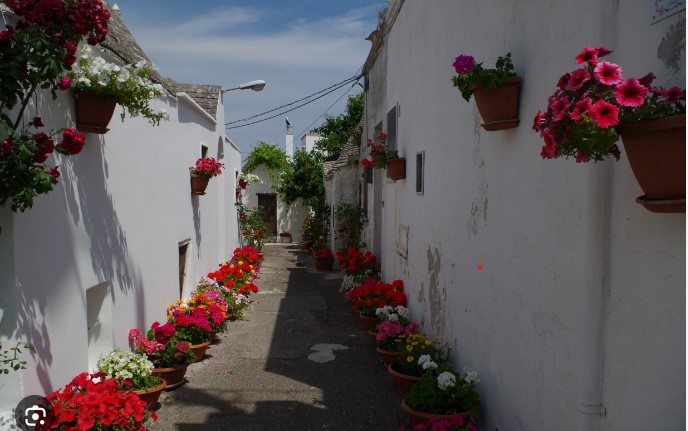
Time slows down on the Salento peninsula — a wild land of prehistoric standing stones aligned in wildflower-strewn fields, centuries-old olive groves and florid Baroque towns, like Lecce and Nardò. But it’s not all about the coast. Inland, the Valle d’Itria sets sizzling white hilltowns and trulli — round, conical-roofed, hobbit houses — amid orchards and more olives (try the organic oil at Il Frantoio d’Amico). Further in are towns sculpted into the rock on canyon edges — Matera, the best known, is just across the border in Basilicata, though the nearby town of Gravina in Puglia gives it a run for its money. Just as Puglia does to the rest of Italy.
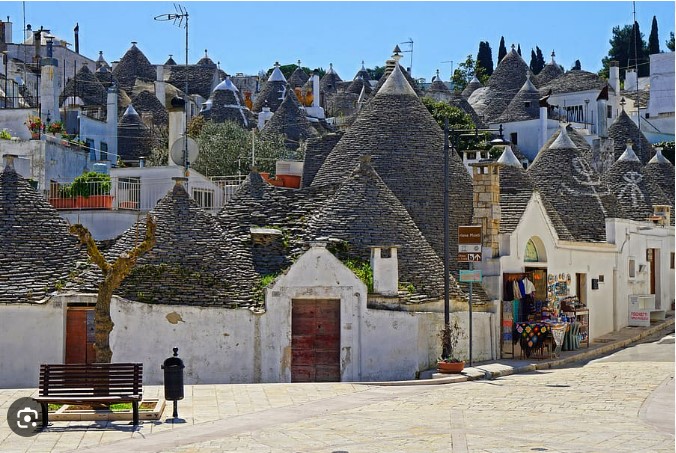
Summer is the classic time to visit, but if you’re not here for the beach, try March or October — everything’s open, but there are fewer crowds. Winter is a surprisingly good time to visit, too — temperatures are relatively mild, cultural sites and local-geared restaurants are open, and you’ll have the more touristy villages to yourself. Summer is festival time — there’s opera and classical music at the Festival della Valle d’Itria, held in Martina Franca every July and August, plus jazz at the Locus festival, held in and around Locorotondo the same time each year.
Domenico Schingaro, chef at Michelin-starred Due Camini, offers some tips on cuisine, “Puglia is a vast region with a varied territory and climate. Our biodiversity is incredible — we have over 25 tomato varieties.
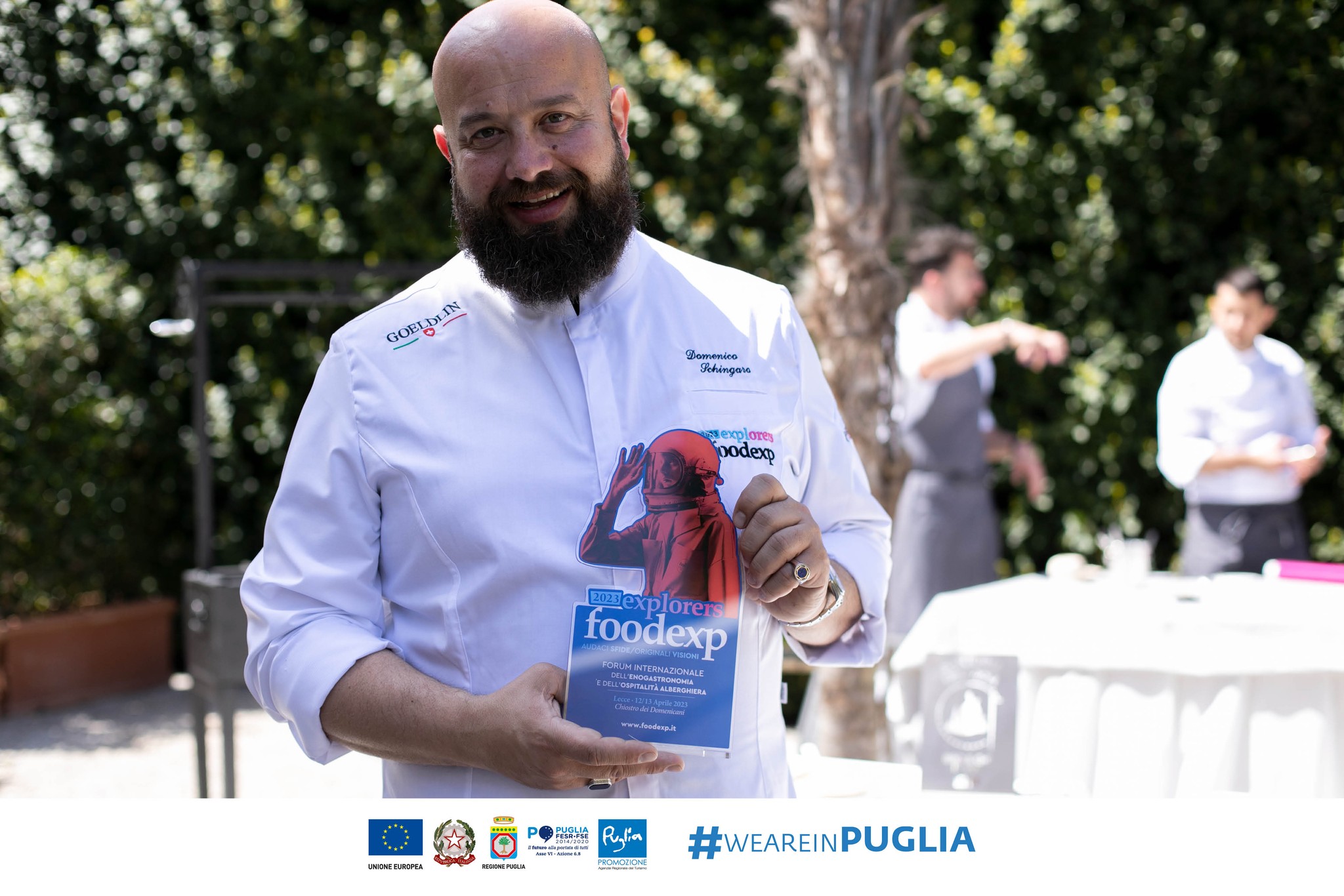
One of the best dishes is fave e cicorie, fava beans and chicory. It’s traditionally eaten during winter, but you can modify it: fava beans with fried zucchini in spring, with peppers and cherry tomatoes during summer, and with fried olives and grapes in fall. There are a lot of restaurants in Puglia. Two of my favorites are Pietro Zito’s famous Antichi Sapori in Andria, and Mezza Pagnotta in Ruvo di Puglia — it’s new, serves vegetarian and vegan tasting menus, and is doing incredible work for plant-based food.”
Cooking is hyper-local in Puglia — every town has its own specialties and way of cooking. One dish that you’ll find throughout the region, though, is this: “little ears” of pasta with broccoli or friarielli leaves and anchovies on top. It’s an icon of Pugliese cucina povera — the “poor cuisine,” making full use of scraps, which most people were reduced to in the past. Mixed with garlic and chili, it has a spicy kick.











